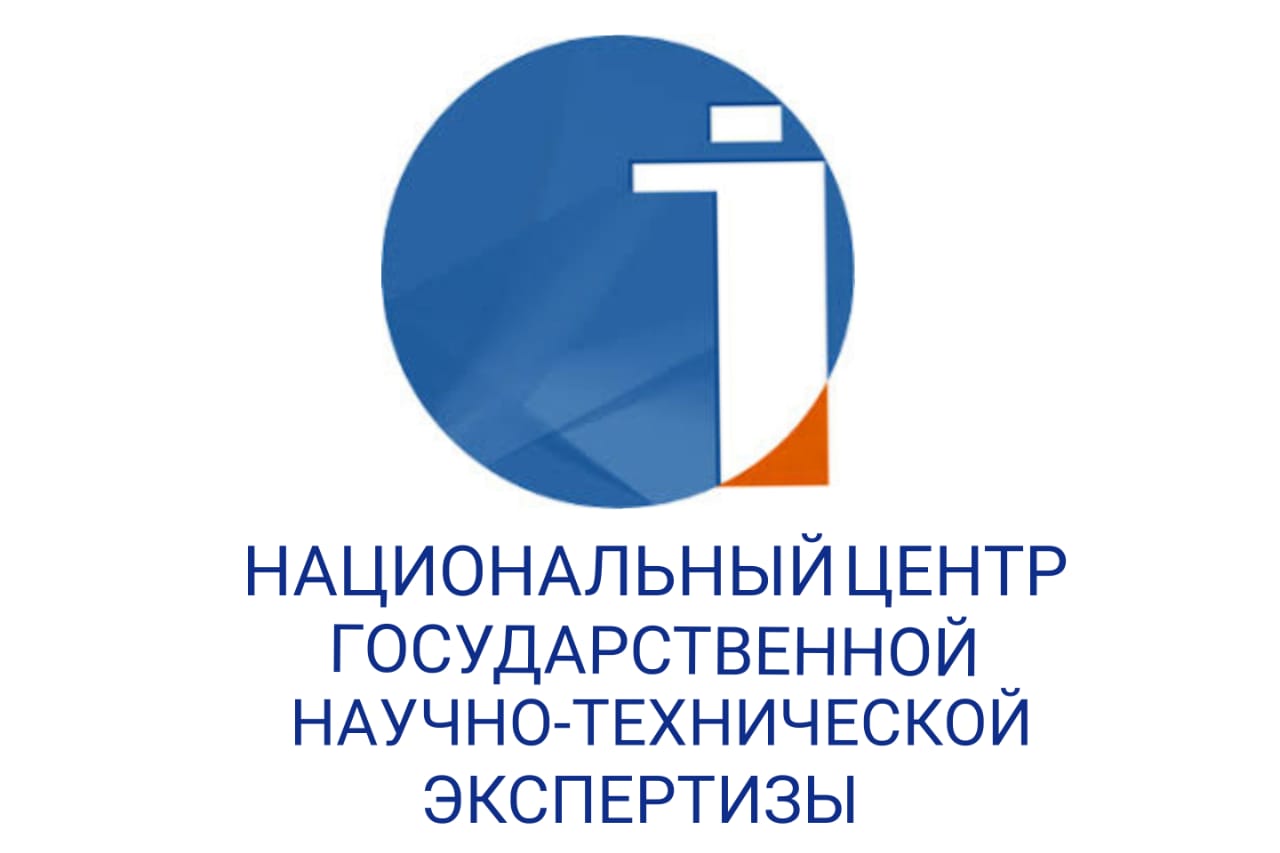TRANSLATION FEATURES OF KAZAKH PAREMIOLOGICAL UNITS INTO RUSSIAN AND ENGLISH (ON THE MATERIAL OF K. ZHUMADILOV'S NOVEL «DARABOZ»)
DOI:
https://doi.org/10.48371/PHILS.2025.1.76.025Keywords:
paremia, Daraboz, translation, paramount importance, descriptive translation, emotional and expressive color, stylistic features, national specifics of the languageAbstract
The article deals with the role of paremia as an artistic and visual means in literary texts and the types of translation. It also cites a number of philologists and theorists who have delved into the history of proverbs and sayings, their origins, classification, and how they are translated.
The novelty of the article consists in the accumulation of various ways of translating proverbs and sayings as autonomous units, highlighting their significance in conveying the cultural essence and moral values of the Kazakh people.
This аrticle aims to analyze various methods of translating paremiological units used in Kabdesh Zhumadilov's historical novel «Daraboz», focusing on their artistic and stylistic features, cultural significance, and the internal mechanisms of translation, as well as the challenges faced in preserving their original meaning.
The scientific significance of the article is manifested in the need to translate artistic and stylistic techniques reflecting spirit and essence of Kazakh people, and the transmission of the original text in English and Russian in the world community. The article relevance lies in the need to study the translation of various paremiological units used by Kabdesh Zhumadilov in the historical novel-dilogy «Daraboz», which reveals the life and customs of the Kazakh people living in the XVIII century, as well as describes the political views and social life of Kabanbai batyr. Previously, 157 paremiological units from K. Zhumadilov's novel-dilogy «Daraboz», which were translated by Z.Bulanova and «Astana-Personal» LLP, served as the previously unexplored research material.
The method is a comparative analysis of the studied material, there were established an internal translation mechanism, identified equivalent units, and detected changes in form and content when original unit was replaced by an equivalent unit of the translation text. Relying on a comparative analysis of the translation based on the classification of A.V.Kunin, it can be emphasized that it is descriptive translation of proverbs and sayings that is most used by the translators Z.Bulanova and «Astana-Personal» LLP.
The practical significance of this article lies in its further availability as theoretical material for young scientists and doctoral students, as well as in the visual overview of proverbs and sayings translated from Kazakh language into Russian and English languages.








